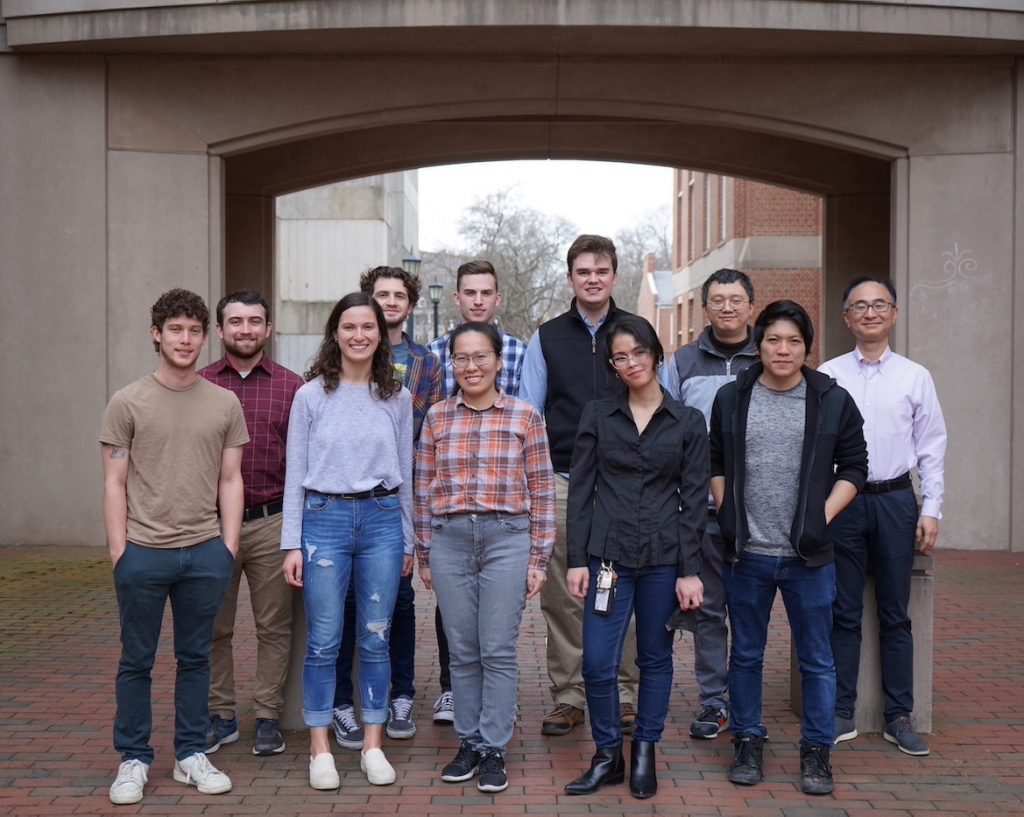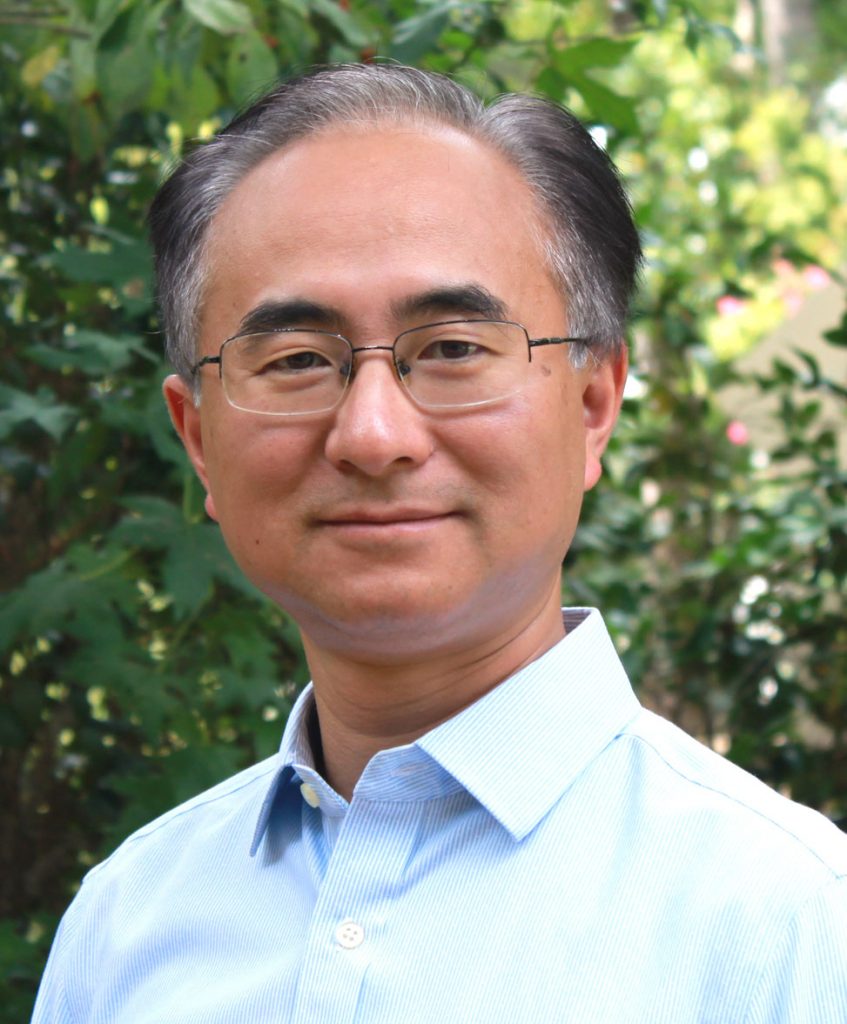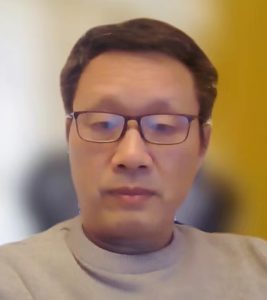Customer Case Study
Professor Wei You has been a faculty member, also the present Chair, in the UNC-Chapel Hill Department of Chemistry since 2006. His lab has been collaborating with Shubin Liu, Ph.D., at ITS Research Computing since 2008. This fruitful collaboration has resulted in 11 publications (2,468 citations as of March 15), and it is still going strong.

The Client
The current technology of solar cells on the market is silicon based, but its production is costly and generates severe environment pollution. The new generation of solar cells is organic photovoltaics. The advantages of organic photovoltaics are that they are light weight, can be manufactured at a low cost, are environmentally friendly, and they provide high density energy storage and cover a large area.
The You group has been actively exploring pi-conjugated polymers as the new generation of solar cells. By redesigning and synthesizing conjugated polymers, the group has been pushing polymer solar cells to be more efficient, more stable and more flexible.
The Challenge

To design better and more efficient solar cells, a proper mixture of chemical elements and structure motifs is essential. Even with well-defined design rationale, the plausible molecular structures that could further improve the efficiency of polymer solar cells are still an exceedingly huge number. The traditional trial and error approach would be extremely slow and laborious in achieving meaningful progress.
The Solution
Shubin Liu at Research Computing is a well-recognized expert in applying computational modeling and simulation to predict optical and electronic properties of molecules. Since he obtained his Ph.D. from the Department of Chemistry, he had been an unofficial affiliate with the department. Professor You knew Liu’s expertise in computational chemistry and approached Liu for assistance.
Each time, You provided 30 or more paper-designed candidates, and Liu could pinpoint in a couple of days one or few molecules worthy of experimental synthesis. Liu figured out the answers with the help of hardware and software available at Research Computing. To be specific, he used the Linux cluster hardware called Longleaf and the software package called Gaussian. This process could save months of wet lab time for graduate students and postdocs.
The Results
Professor You is immensely satisfied with his group’s long-term collaboration with Research Computing’s Liu.
“Working with Shubin is perhaps the most rewarding experience I’ve had since joining UNC in 2006,” You said. “Shubin can easily understand our needs and come up different solutions and methods to help us make the right molecular structures to synthesize. My students and I very much enjoy working with Shubin and deeply appreciate his insights — not only in helping point us to the right direction in the molecular design, also in offering reasonable explanations to our results when experimental data alone are not sufficient.”

The 11 publications resulting from the collaboration are all highly cited. The most cited paper, which provided a brand-new design principle for polymer solar cells, has alone been cited more than 1,300 times.
The Future
The collaboration between the You group and Liu has evolved over the time. While most efforts were dedicated to polymer solar cells in the past decade, this collaboration has ventured into new research fields, lately including photodynamic therapy for cancer treatment and polymers as dental and bone scaffolds.
“Shubin is so capable and versatile and open-minded that I always seek him out whenever our research needs computational support,” You said. “Excellent people like Shubin in Research Computing are one of the key reasons why Carolina can sustain research excellence.”
